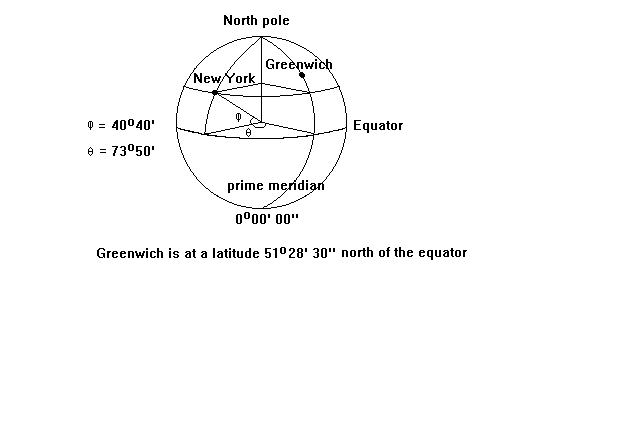A history of time and space at The Old Royal Observatory, Greenwich
(home of the prime meridian of the world 0o 00’ 00’’)
1. In which year did King Charles II issue instructions that a Royal Observatory be built at Greenwich “ to the rectifying the tables of the motions of the heavens and the places of the fixed stars so as to find out the much desired longitude of places for the perfecting the art of navigation “ ?
2. Who was the architect of the observatory and how much did it cost to build ?
(a) 509shillings (b) £520 9s 1d (c) 521guineas
3. Name the Astronomer Royal, after which the residence of the succeeding incumbents was named, who published Historia Coelestis Britannica in 1725. Who succeeded him ?
(a) George Biddell Airy (b) Neville Maskelyne (c) Edmund Halley
Who is the present Astronomer Royal ?
4. What did the frenchman Sieur de St.Pierre suggest to Louise de Keroualle in 1674 ?
5. Which modern country is the home of the ancient Sumerian civilisation which was called Mesopotamia ?
6. What does the Egyptian word for priest mean ? Where do the scientific words zenith, nadir, algebra & zero have their origin ?
7. What was the name of the polish theologian who in 1543 published a book called De Revolutionibus Orbium Celestium and what was its significance ?
8. Name an instrument made by Muhammed Khali ben Hassen, what is its use ?
9. What is the modern name given to the Great Star room or camera stellata and which planet can be seen observed by peering through the telescope ?
10. What significant event in 1714 aided in the solution of the longitude problem, what reward was offered and who finally received it for what invention ?
11. One suggested method for finding longitude was the powder of sympathy,did it work ?
12. What is the angle between the star Regulux and the moon at 6.00 am GMT on the 17th March 1767 ? ( You need to consult the star catalogues )
13. What three things would you need to know in order to find your longitude at sea and how would you use them to find your position ?
14. What country is situated at 6o 9’ east of Greenwich and 49o 37’ north of the equator ?
15. What do you think it’s population is ?
(a) 363,000 (b) 2,508,000 (c) 61,049,000
16.What is the reading on the quadrant when sighting the star polaris by pushing the middle button ?
17. If a time interval of 24 hrs circumnavigating the world is equivalent to 360o what angular distance would correspond to a 4 minute time difference ?
18. How many degrees are there between Bombay and Rio de Janeiro and what time difference separates them ?
19. Using the diagram below how far behind Greenwich Mean Time is New York ?

20. By measuring the angular distance between the moon and a given star and by comparing this angle in the Nautical Almanac for the standard time at Greenwich that the moon and star would have this separation it is possible for a seaman to calulate his longitude. If you were a navigator in 1767 and measured the angle between Regulus and the moon as 52o 46’8” on 17th March and your local time was 00.34 what is your position from Greenwich ?
(Hint you can find the place on the longitude indicator display to check your answer).
21. How many years did John Harrison work on H3 and what was the weight of H4 ?
22. In what year was GMT adopted throughout Britain ?
23. How long is Bradley’s mural qudrant ?
24. Which transit instrument defined the Greenwich meridian between 1816 and 1850 ?
25. What is significant about the Airy transit circle ?
26. What is the sixth planet from the sun ?
27. What is the diameter of the glass lens of the largest refracting telescope in the United Kingdom ?
copyright jfk 1994